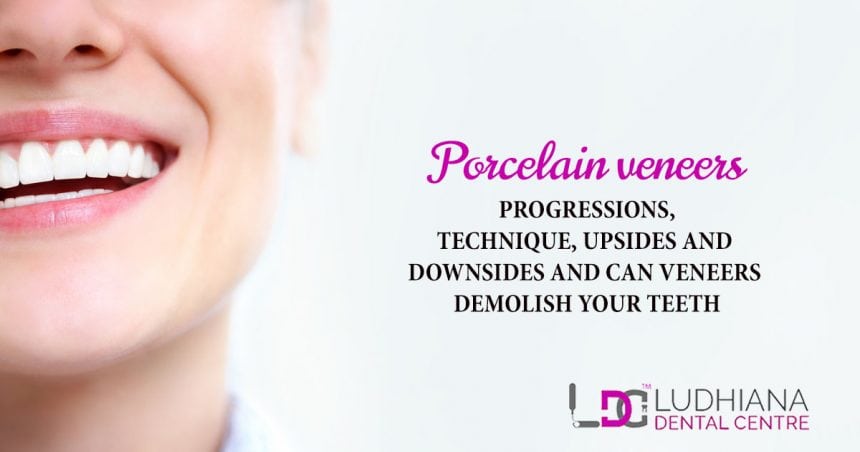Downsides Of Veneers

The world of cosmetic dentistry has witnessed a significant evolution in recent years, with veneers emerging as a popular choice for individuals seeking to transform their smiles. While veneers can undoubtedly offer a myriad of benefits, including enhanced aesthetics and improved dental function, it is crucial to acknowledge the potential downsides associated with this dental procedure. In this article, we will delve into the lesser-known aspects of veneers, exploring the potential risks, limitations, and considerations that individuals should be aware of before opting for this treatment.
The Financial Burden
One of the most significant drawbacks of veneers is their cost. The procedure can be quite expensive, especially when compared to other cosmetic dentistry options. The price of veneers can range from 500 to 2,500 per tooth, depending on the type of veneer, the expertise of the dentist, and the location of the dental practice. This financial burden can be a significant deterrent for many individuals, particularly those with multiple teeth that require veneers. Furthermore, dental insurance often does not cover the cost of veneers, as they are considered a cosmetic procedure.
Sensitivity and Discomfort
After the veneer procedure, some patients may experience tooth sensitivity or discomfort. This is usually due to the removal of a small amount of enamel from the tooth surface, which can expose the nerve endings. While this sensitivity is typically temporary and can be managed with desensitizing toothpaste or other treatments, it can still be a source of distress for some individuals. In rare cases, the sensitivity may persist, requiring additional dental work to address the issue.
Irreversibility
The process of getting veneers is irreversible. Once the enamel is removed, it cannot be restored, and the tooth will always require some form of coverage, such as a veneer or a crown. This irreversibility can be a significant concern for individuals who are unsure about committing to the procedure or those who may experience regrets about their decision in the future.
Potential for Damage
Veneers, although durable, are not indestructible. They can chip, crack, or even detach from the tooth under certain conditions, such as biting or chewing hard objects, grinding or clenching the teeth, or experiencing a traumatic injury to the mouth. While damaged veneers can often be repaired or replaced, this may require additional dental visits and expenses.
Aesthetic Limitations
While veneers can dramatically improve the appearance of teeth, they may not always meet the patient’s aesthetic expectations. The color, shape, and size of the veneers may not perfectly match the surrounding teeth, leading to a less-than-desirable outcome. Furthermore, veneers may not address all dental imperfections, such as severe misalignment or gum issues, which may require additional orthodontic or periodontal treatments.
Maintenance and Upkeep
Veneers require regular maintenance to ensure their longevity and appearance. This includes practicing good oral hygiene, avoiding certain foods and beverages that can stain or damage the veneers, and attending regular dental check-ups. Failure to follow these guidelines can lead to a reduced lifespan of the veneers, requiring premature replacement.
Not a Solution for Underlying Issues
It is essential to understand that veneers are a cosmetic solution and do not address underlying dental problems, such as tooth decay, gum disease, or misalignment. If these issues are not treated before the veneer procedure, they can continue to progress, potentially leading to more severe complications in the future.
The Importance of Professional Consultation
Given the potential downsides of veneers, it is crucial for individuals considering this procedure to consult with a qualified and experienced dentist. A professional consultation can help determine whether veneers are the right choice for the individual’s specific needs and circumstances. The dentist can also discuss alternative options, such as bonding, crowns, or orthodontic treatments, which may be more suitable or cost-effective.
Conclusion
While veneers can offer a transformative smile makeover, it is vital to approach this decision with a comprehensive understanding of the potential risks and limitations. By weighing the benefits against the downsides and consulting with a professional dentist, individuals can make an informed decision that aligns with their dental needs, financial situation, and personal preferences.
What are the primary downsides of veneers?
+The primary downsides of veneers include their cost, potential for sensitivity and discomfort, irreversibility, potential for damage, aesthetic limitations, and the need for regular maintenance. Additionally, veneers do not address underlying dental issues and may require additional treatments.
Are veneers suitable for everyone?
+No, veneers are not suitable for everyone. They are best for individuals with healthy teeth and gums who are seeking to address cosmetic issues such as discoloration, chips, or gaps. Those with underlying dental problems, such as tooth decay or gum disease, may require additional treatments before veneers can be considered.
How long do veneers last?
+The longevity of veneers depends on various factors, including the quality of the veneers, the expertise of the dentist, and the patient's oral hygiene and maintenance habits. On average, veneers can last between 10 to 20 years, although some may need to be replaced sooner due to damage or wear.
In conclusion, while veneers can be a valuable tool in cosmetic dentistry, offering a range of benefits from improved aesthetics to enhanced dental function, it is essential to approach this procedure with a clear understanding of its potential downsides. By acknowledging these limitations and consulting with a professional dentist, individuals can make informed decisions that align with their unique dental needs and circumstances, ultimately leading to a more satisfying and successful outcome.